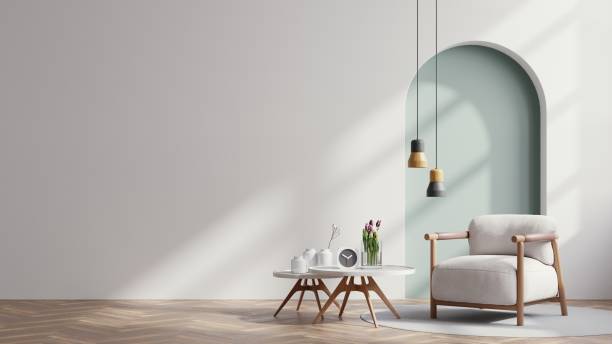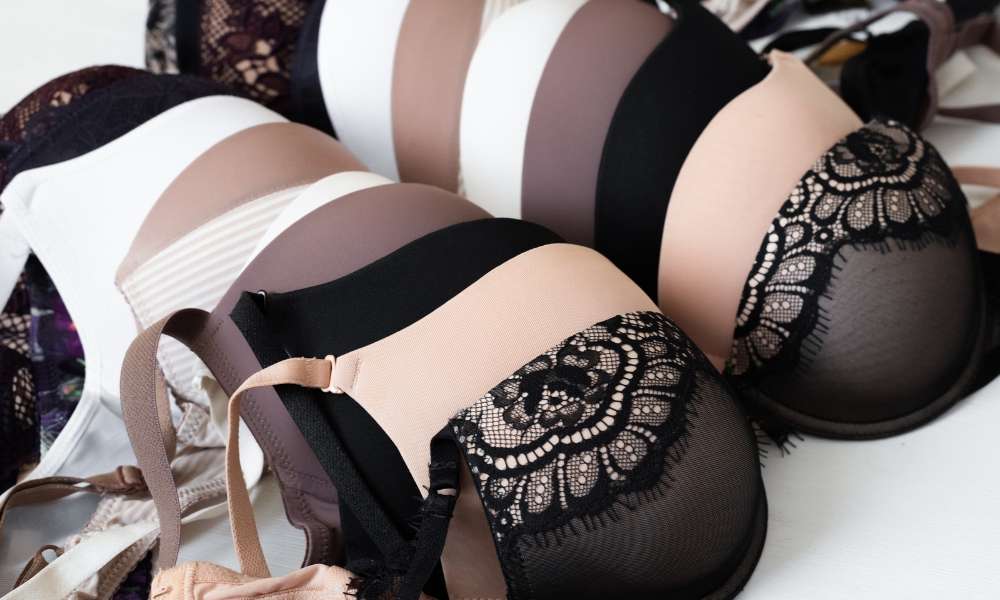The Allure of Structured Minimalism: A Modern Fashion Philosophy
The allure of structured minimalism in fashion is more than just a trend—it's a philosophy that has influenced the industry and our wardrobes for decades. In this article, we delve into the history, appeal, and influence of this fashion style, providing expert insights and practical styling tips along the way.

The History of Structured Minimalism
Structured minimalism in fashion traces its roots back to the late 1950s and early 1960s. It emerged in response to the ornate, decorative, and overly embellished trends of the previous decades. Designers such as Coco Chanel and Yves Saint Laurent championed this trend, focusing on clean lines, simple shapes, and neutral colors. Their designs were a breath of fresh air, demonstrating that minimalism could be just as powerful and impactful as ostentatious designs.
The Modern Appeal of Structured Minimalism
Fast forward to the present day, and structured minimalism is more appealing than ever. Amid the hustle and bustle of our fast-paced lives, this style offers a sense of tranquility and calmness. It’s about stripping back to the essentials and focusing on quality rather than quantity. This fashion philosophy resonates with the modern consumer’s desire for simplicity, versatility, and sustainability.
The Influence of Structured Minimalism on Buyers
The influence of structured minimalism extends beyond its aesthetic appeal. It promotes a more mindful and sustainable approach to shopping. Instead of chasing after fleeting trends, consumers are encouraged to invest in timeless, high-quality pieces that can be styled in multiple ways. This shift in consumer behavior is helping to promote a more ethical and sustainable fashion industry.
Expert-Endorsed Minimalist Styling Tips
- Invest in Quality Basics: Your wardrobe should consist of high-quality basics that can be mixed and matched with ease. Look for pieces in neutral colors like black, white, beige, and grey.
- Focus on Fit and Proportion: In minimalist fashion, fit and proportion are crucial. Your clothing should flatter your body shape and enhance your natural features.
- Experiment with Textures: To prevent your minimalist wardrobe from looking dull, incorporate different textures. This can add interest and depth to your outfits without the need for bold colors or prints.
- Accessorize Wisely: Accessories can transform a simple outfit into something more stylish and sophisticated. Opt for minimal, understated pieces that complement your wardrobe.
Conclusion
Structured minimalism is more than just a fashion trend—it’s a philosophy that has shaped our approach to shopping and dressing. By focusing on quality, simplicity, and versatility, it encourages us to build more sustainable and thoughtful wardrobes. With its timeless appeal and growing influence on buyers, structured minimalism continues to be a powerful force in the fashion industry. Whether you’re a seasoned minimalist or just starting your journey, the styling tips provided can help you curate a wardrobe that aligns with this fashion philosophy.




